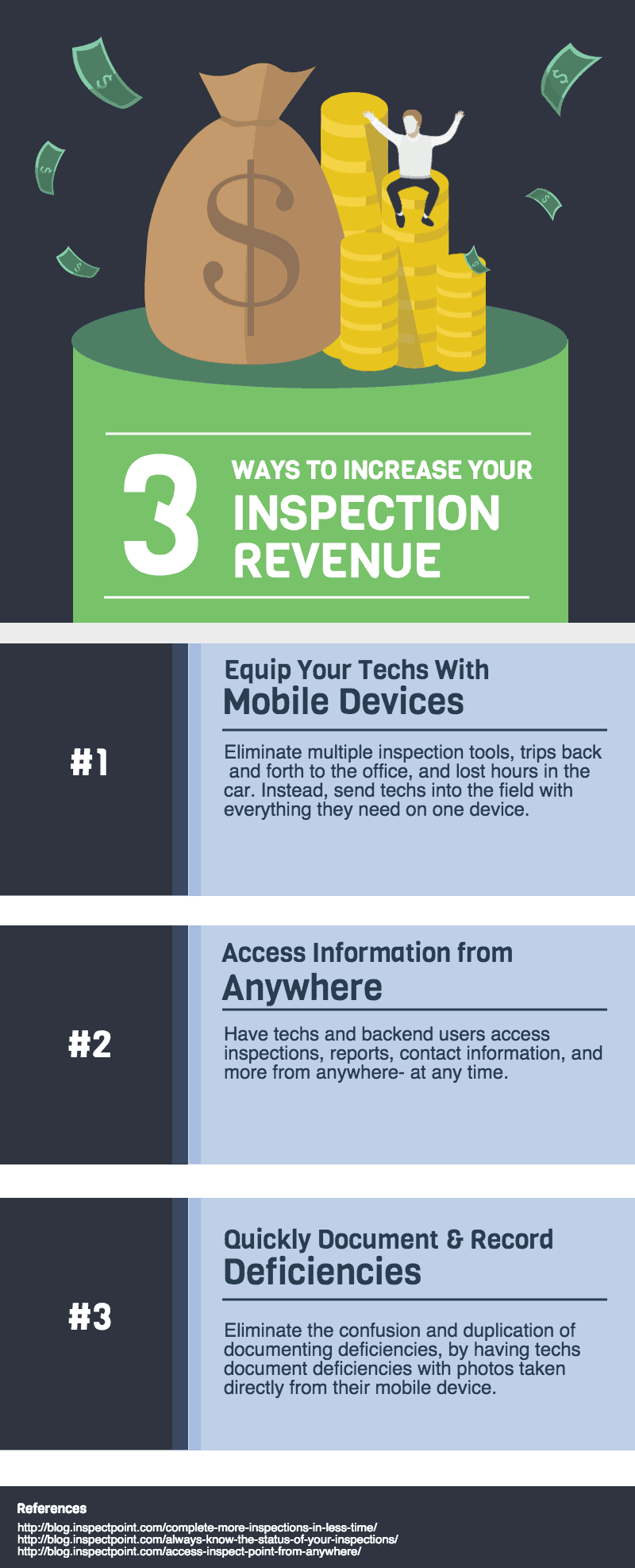

When customers don’t pay on time, it presents a major issue to any business owner. The cash flow from your clients lets you pay your bills and make investments in the future of your business. It’s in your best interest to get your clients to pay their invoices asap. That’s why having an effective invoicing strategy is extremely important in keeping your business up and running.
Here are 10 techniques you can use to make sure your business gets paid:
1) Give Your Clients Written Proposals
You don’t want your customers to have any surprises when they receive an invoice. Let them know ahead of time what they’re going to be paying by providing accurate, written proposals ahead of time. By putting the proposals in writing and documenting approval, you know your customers will know ahead of time what your pricing is going to be. Along the same lines, try to make your proposals as accurate as you possibly can. It doesn’t help to have an approved proposal if the price you give is totally different than the price on the invoice.
2) Know Who You Should Be Sending To
Make sure your invoice gets to the person who’s going to pay it. This is not necessarily going to be who you’ve been directly dealing with. Ask your contact if they have an accounting department or someone else that might be in charge of paying the bills. It’s a win-win: you ensure your invoice is getting to the best possible place and your contact doesn’t have to worry about dealing with an invoice if they don’t have to.
3) Clarity is Key
It’s so important that your clients can easily identify your company and the work they’re paying for. The more confusion they have, the longer it will take them to pay. Clearly display your company’s logo, name, address, phone number, and any other information that will make your invoice identifiable. Also, make sure the price is broken out into line items and each line item is labeled clearly so the client can easily see what’s going on.
4) Using Software Makes All the Difference
Keeping track of all of your invoices is one of the most important parts of running a business. You can only get so far by using pen and paper or typing them up in Word or Excel. Using a software designed to build and keep track of open and closed invoices will make a huge difference in knowing what’s going on in your business. Even if you send your invoices by mail, building and tracking them in a software will help give you the power to see how your business is running. Some inspection softwares, including Inspect Point, have invoicing built right in, so you can do everything in one place.
5) Number Your Invoices
Speaking of keeping track of your invoices, make sure you have a system to know what invoice corresponds to what job. Numbering is a great way to make each invoice clearly and uniquely identifiable. A simple number on the sheet of paper can make a world of difference in ensuring that you, your clients, and your staff are on the same page, both literally and figuratively.
It’s in your best interest to get your clients to pay their invoices asap.
6) Establish Payment Terms
This is a simple step that helps you make sure your client knows when they need to pay. Be as clear as possible when setting terms. Whenever possible, it’s best to keep the payment period short. It’s pretty typical to allow your customer 30 days. Some clients will gladly pay sooner, but some will require longer. It’s totally fine to have some customers with longer or shorter terms, as long as you discuss it ahead of time.
7) Send Your Invoices Quickly
It doesn’t matter how short your payment terms are if your customer doesn’t have an bill to pay. The quicker you send an invoice, the quicker you can receive payment, so send it out as soon as possible. Try to send out the invoice as soon as you complete the work. If you print and mail your invoice, work on them earlier in the day so that they can be ready to go out when your mail carrier comes. If you send them electronically, you might want to set up your software to push invoices to the clients as soon as they are created. No matter your system, speed of sending is key in speed of payment.
8) Accept a Variety of Payment Types
If your client can pay with the method they want, they are far more likely to pay quickly. Try to employ as many methods of payment as you can, especially if your customers request them. There are a variety of payment platforms you can utilize, from traditional methods, like cash, check, and credit, to more modern methods, like PayPal, Apple Pay and Google Wallet, or even Venmo. A nice benefit of internet-based payment is that you usually receive your money nearly instantly.
9) Encourage Early Payment (and Discourage Late Payment)
It’s not a bad idea to consider offering a discount to clients if they pay early. Even a small amount will make a huge difference in getting some customers to pay much earlier than they usually would. Conversely, charging a late fee will strongly encourage clients to get their payments in on time, as long as you’re very up-front about any potential late fees. Either a flat rate or percent incentive will spur your clients to make sure they’re paying on time, or even early.
10) Follow Up
Keep in touch with your clients through all the stages of the payment process. On large invoices, reach out to the client to make sure they have received it. As the payment period is reaching the end, you can send reminders to your clients. If by the end of your payment period you haven’t heard from your client, don’t be afraid to reach out through email, phone, or your invoicing software. It’s completely appropriate to send occasional reminders regarding payments to clients with outstanding invoices.
Inspect Point is a cloud based solution which facilitates NFPA inspections. The Inspect Point backend, combined with the Inspect Point iPad mobile application, provides companies with the capability to perform and manage their inspection business.

